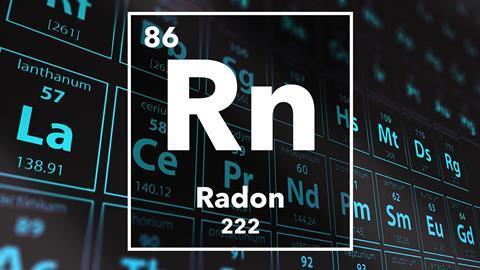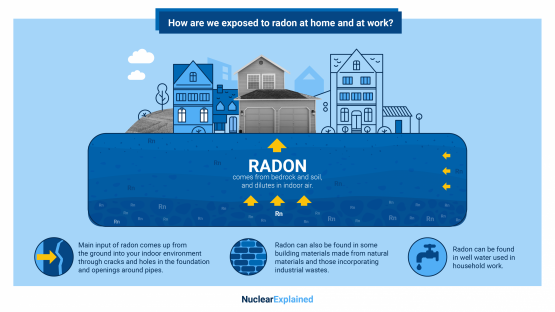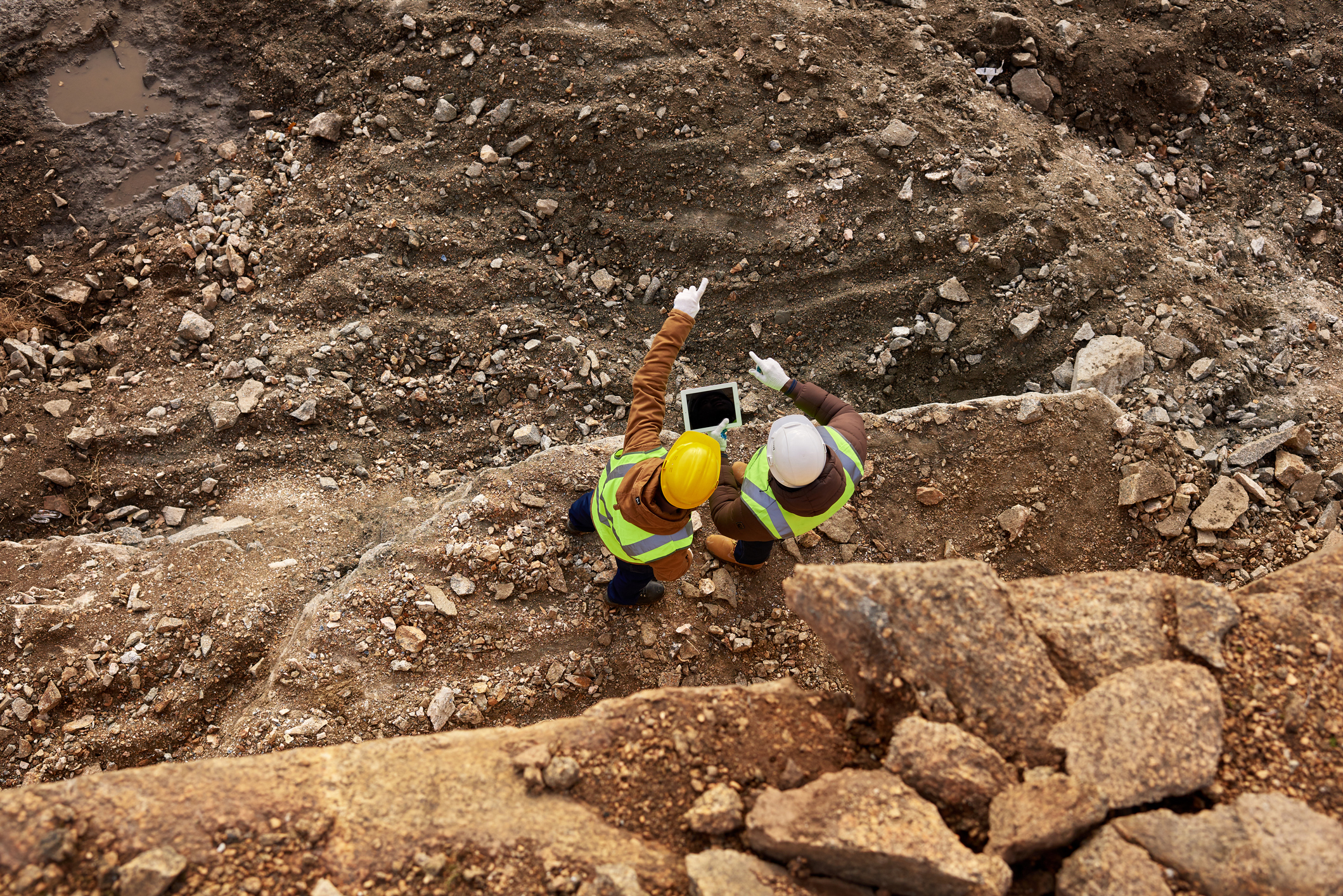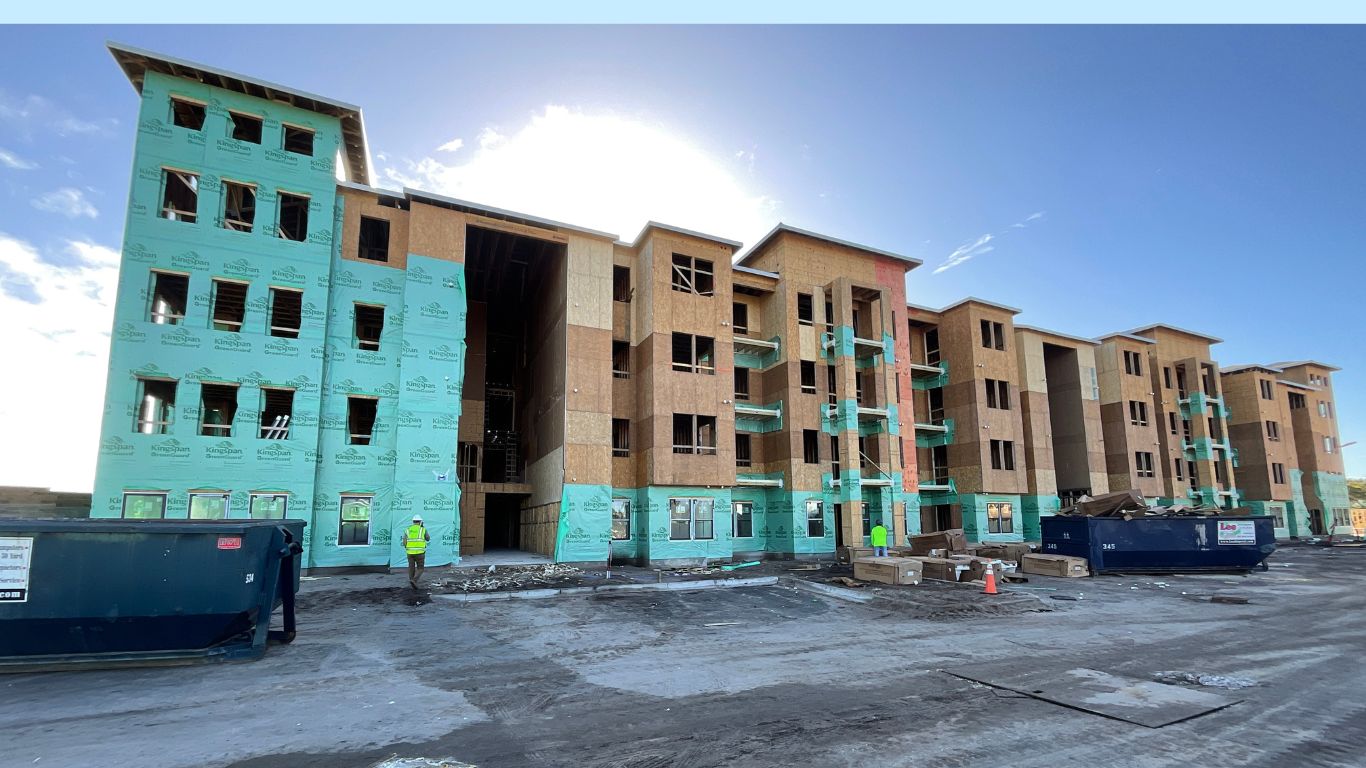Radon Awareness

January is Radon Awareness Month. Radon is a naturally occurring radioactive gas that can be found in buildings and homes throughout the United States. It is the second leading cause of lung cancer. Exposure to high levels of radon can have serious health consequences.
How Does Radon Enter Buildings and Homes?
Radon is formed by the decay of uranium, which is found in soil and rock. It can enter buildings through cracks and gaps in the foundation, and can accumulate to dangerous levels if not properly ventilated. The Environmental Protection Agency (EPA) estimates that radon is present in the indoor air of about one in every 15 homes in the United States.
Multi-family homes, such as apartments and condos, can be particularly susceptible to radon exposure because the building’s structure and ventilation systems may not be able to effectively dissipate the gas. Additionally, the close proximity of multiple units can lead to the accumulation of radon in common areas, such as basements and crawl spaces.
Preventing Radon Exposure
Regular testing and mitigation efforts can help to ensure that multi-family homes and buildings are safe from radon exposure. Even low levels of the gas can increase the risk of lung cancer over time. Radon exposure is preventable and steps can be taken to reduce or eliminate the gas. There are several methods that can be used to reduce the gas levels, such as sealing cracks in the foundation, installing a radon ventilation system, or adding a gas-permeable layer to the foundation.
If you have questions or concerns about Radon, our team of Board-Certified Radon Measurement Specialists would be more than happy to assist you. Please contact us to learn more.
At Hillmann, we strive to make a better future for all the communities we touch.







